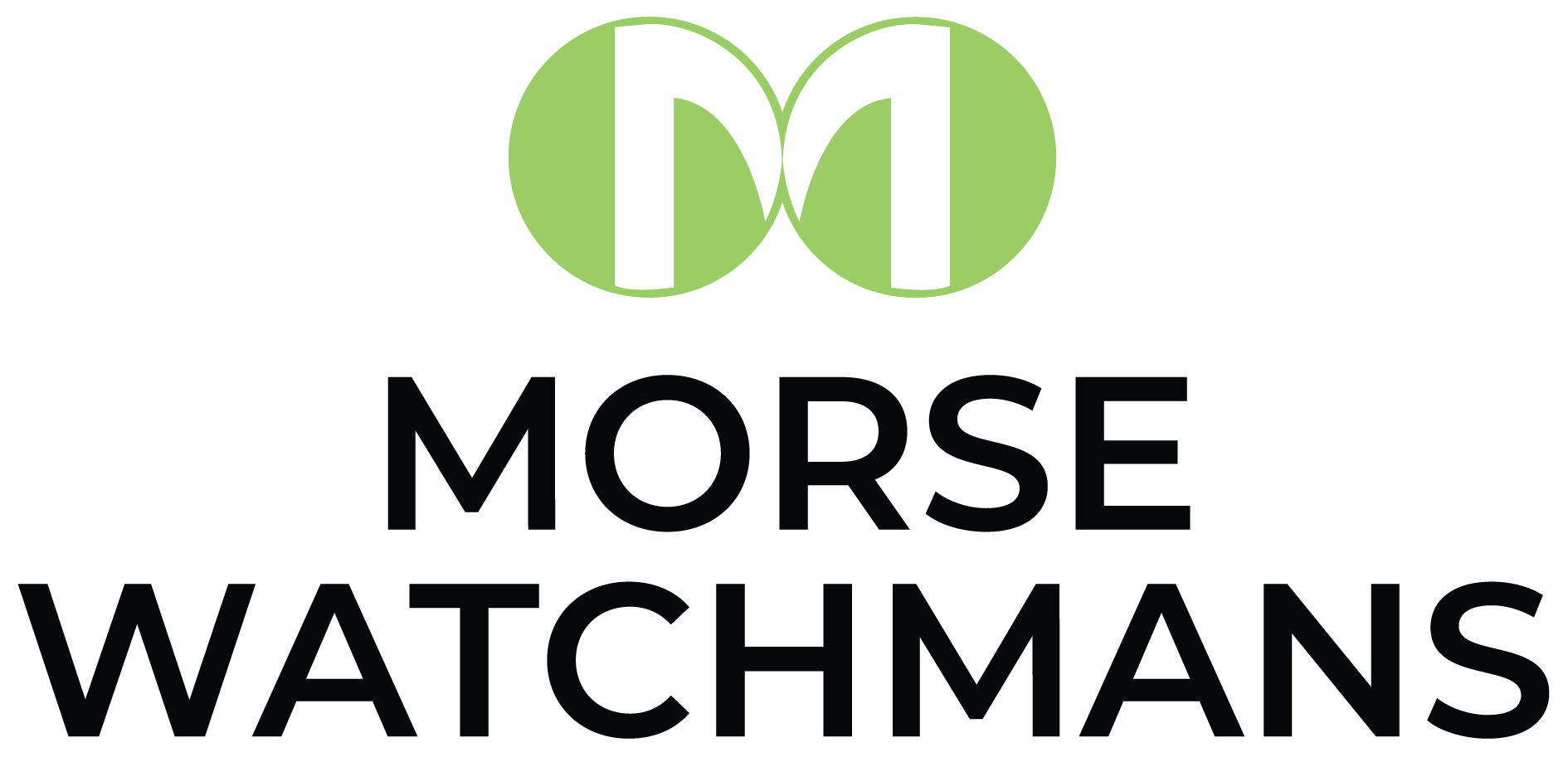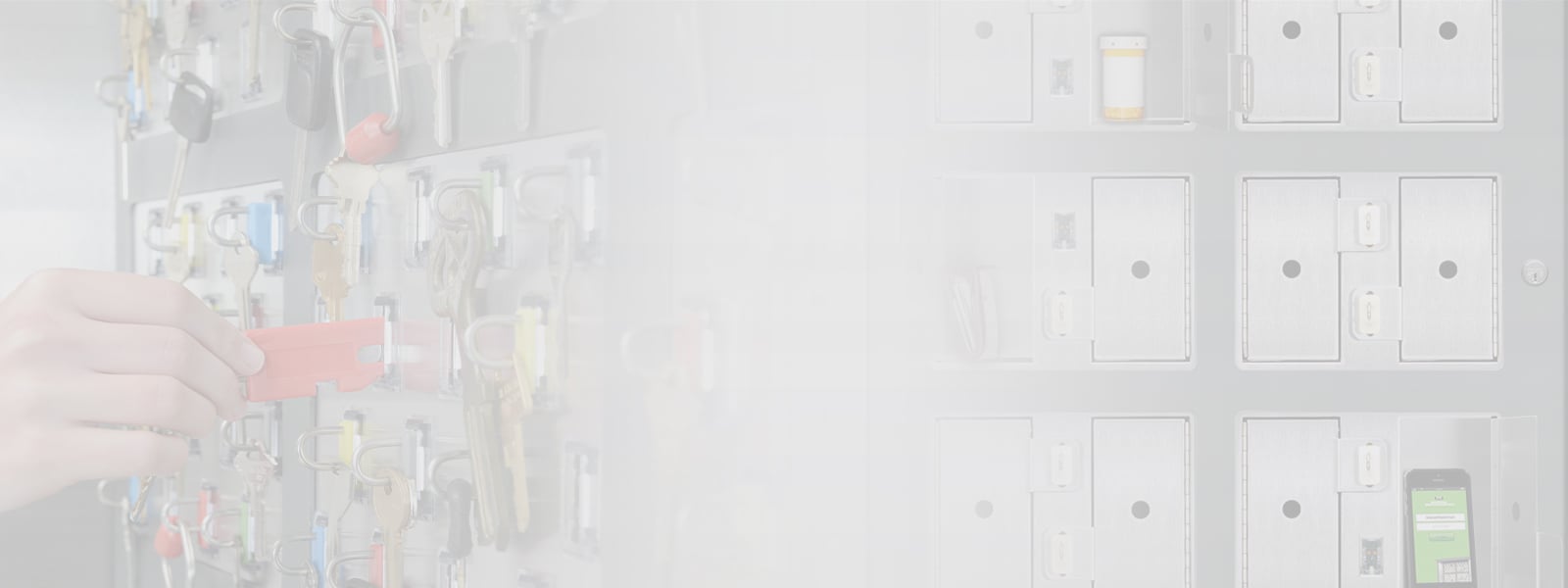Hockey arenas are state-of-the-art venues, delivering a complete experience around every game, creating lasting memories and loyal fans. In order to do so, they perform a wide variety of functions beyond hosting the game itself. They often house training and healthcare facilities for players and staff, offer concessions and souvenirs for fans, provide VIP experiences, and offer parking and transportation—and there is also a need to maintain the ice itself. All of these goals must be met while ensuring the safety and security of every individual and asset within the arena. Key control systems installed throughout a hockey arena can provide measurable benefits by enhancing security and convenience for all of the arena’s operations, as well as increased staff productivity and accountability.
Key control systems provide an easily managed and secure solution for controlling the usage and safekeeping of keys in a system that can be installed throughout an arena. The tamper-proof systems are designed so that only pre-designated, authorized users – using pre-programmed PIN codes, access cards or biometrics – can access keys, while the system automatically records all access activity. Knowing the identity of authorized key holders, which keys they have in their possession or have access to, and when they were used can help arena security to ensure that keys are not misused, stolen, or lost. This is essential in a hockey arena, where keys to the ice rink, locker rooms, and other team facilities need to be constantly monitored for inappropriate access.
A key control system that is configured to the specific needs of a hockey arena can help to make operations run more smoothly without requiring the constant attention of security operators. Built-in schedulers can be programmed to automatically download all data to a secure PC. With this capability, management can better sort and analyze information across the wide variety of departments in an arena—concessions, team staff, VIP areas, maintenance, etc-- to maintain maximum control of access and security issues. Reports can be emailed to designated security personnel on a regular basis, detailing what keys are in or out and who has/had them. And if an incident occurs, such as temporary staff for visiting teams not returning keys, management can query the system for specific details, such as a listing of all transactions between certain relevant times.
Security staff in arenas are often on the move, needing to control and monitor the large crowds within the facility during a game or patrol the vast facility during off-hours. Mobile features enabled on key control systems allow these officers to be kept up to date with key usage on-the-go. Notifications and events can be set to automatically sent to authorized personnel, and they can cancel an alarm or even, if necessary, remotely disable user privileges. These features provide the mobile user with convenience and control when it comes to managing keys—an important feature in an arena where key cabinets may be spread throughout the facility and difficult to reach efficiently.
For hockey arenas, keeping track of keys is an essential part of security best practices. To ensure that keys to VIP areas, Zambonis, maintenance areas, and concession stands are only used by authorized users, a key control system can provide fundamental security. Integration with mobile devices, automatic email reports, and auditable data all provide essential key safety functionality for a hockey arena.




